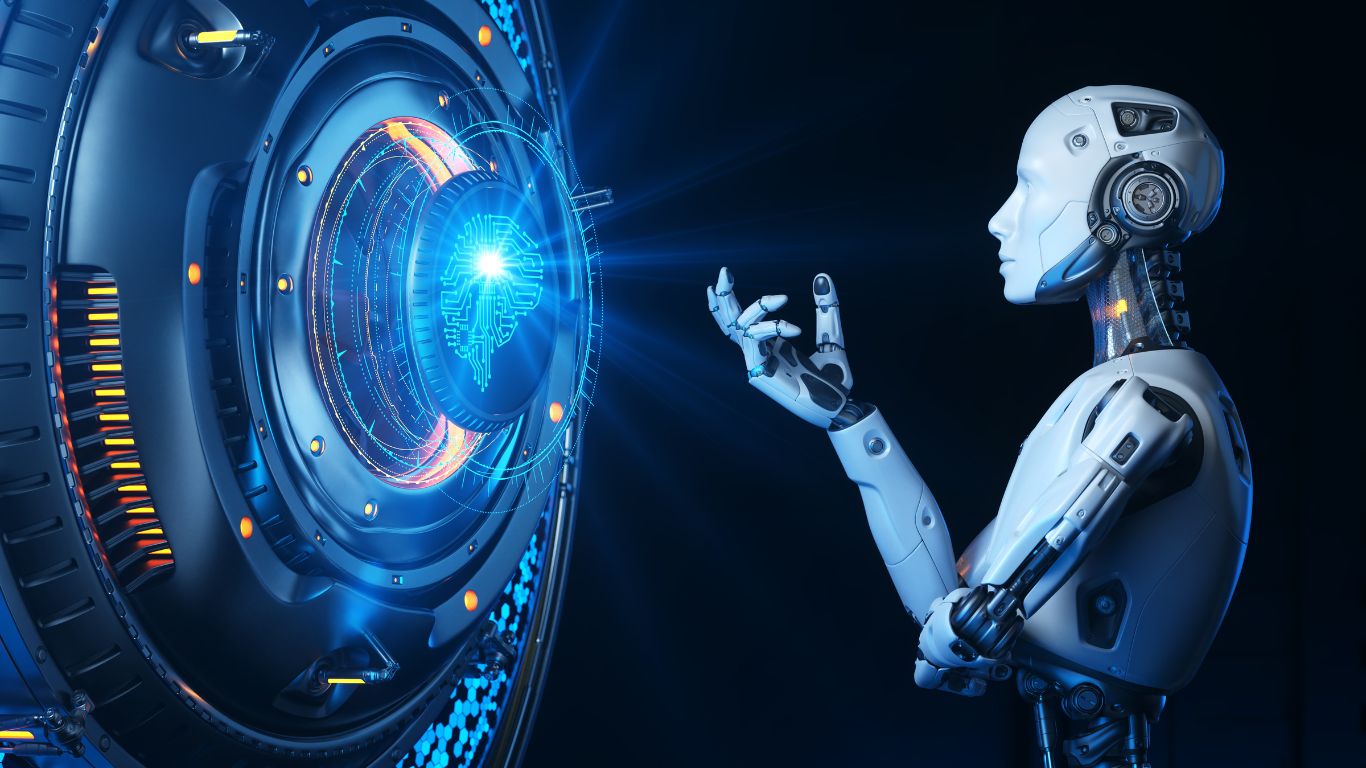In the burgeoning field of artificial intelligence (AI), character AI introduces a novel approach to interactive learning, especially for children. These AI models, designed with distinct personalities and capable of engaging in conversational interactions, hold immense potential as educational tools. However, like any technology involving AI, character AI has safety concerns that must be meticulously addressed to ensure a secure and beneficial experience for its young users.
Specific Safety Concerns
Misuse or Manipulation

One of the primary concerns is the potential for misuse or manipulation by users with malicious intent. Character AI, by design, interacts and learns from user inputs, which could be exploited to teach the AI harmful or inappropriate behaviours.
Mitigation Strategy: Implementing robust content filtering algorithms and supervised learning protocols can mitigate this risk. These measures ensure the AI remains within predefined behavioural boundaries, regardless of external inputs.
Advanced Autonomy
The possibility of AI becoming too advanced or independent poses a significant challenge to existing control mechanisms. An AI that evolves beyond its intended functions could act unpredictably.
Mitigation Strategy: Establish strict development and operational guidelines prioritizing containment and control. Regular audits and updates based on AI behaviour analytics can help maintain oversight.
Reality vs. Fantasy
Discerning between AI-generated content and real-world facts can be especially challenging for children. There’s a risk that character AI might inadvertently promote fantastical elements as truth, leading to confusion or distorted learning.
Mitigation Strategy: Ensuring character AI is programmed with clear distinctions between educational content and imaginative play. Embedding factual accuracy checks and balances within the AI’s learning database can reinforce this separation.
Privacy and Data Security
Character AI’s access to personal information raises significant privacy and data security concerns. The handling and storage of sensitive information must be carefully managed to prevent unauthorized access or data breaches.
Mitigation Strategy: Adhering to stringent data protection laws and regulations, such as GDPR for European users, and implementing end-to-end encryption for data transmission. Additionally, consent protocols should be established, especially for underage users, to ensure data is collected and used ethically.
Ethical Considerations
The development and deployment of character AI as an educational tool for children bring about various ethical considerations, including the potential impact on social skills and emotional development.
Mitigation Strategy: Collaborating with psychologists and educators during the AI development phase can provide valuable insights into creating ethically responsible AI characters. It’s crucial to balance educational engagement and promoting healthy social interactions.
FAQs
Q: How does character AI facilitate learning in children?
A: Character AI facilitates learning by providing an interactive and engaging platform where children can converse, ask questions, and receive answers in real time. This dynamic interaction encourages curiosity and enhances comprehension of various subjects.
Q: Are there any age restrictions for using character AI educational tools?
A: While character AI tools are designed to be accessible and beneficial for a broad age range, specific programs may tailor their content to particular age groups for optimal educational benefit. It’s advisable to consult the age recommendation for each character AI tool.
Q: Can character AI replace traditional educational methods?
A: Character AI is intended to complement, not replace, traditional educational methods. It serves as an additional resource to reinforce learning through engagement and interaction, which can be particularly beneficial for concepts that benefit from repetition and personalized explanations.
Q: How can parents ensure the safety of their children when using character AI tools?
A: Parents can ensure safety by selecting character AI tools that adhere to stringent privacy and security standards, actively engaging with their children’s learning process, and setting boundaries on using such technology.
Q: What steps are developers taking to improve the safety of character AI for children?
A: Developers are continuously advancing content filtering algorithms, enhancing data security measures, and implementing ethical guidelines to ensure character AI tools are safe, secure, and beneficial for children’s educational development. Regular updates and parental feedback contribute significantly to these improvement efforts.
Conclusion
While character AI presents a revolutionary approach to learning, ensuring its safety, especially for children, requires a multifaceted strategy addressing potential misuse, autonomy, reality distinction, privacy, and ethical considerations. By proactively implementing mitigation strategies within these areas, character AI can be developed and utilized as a safe, interactive educational tool that enriches learning experiences without compromising security or ethical standards. As we continue to innovate, we should always focus on creating a safe and positive impact on children’s educational journeys.










